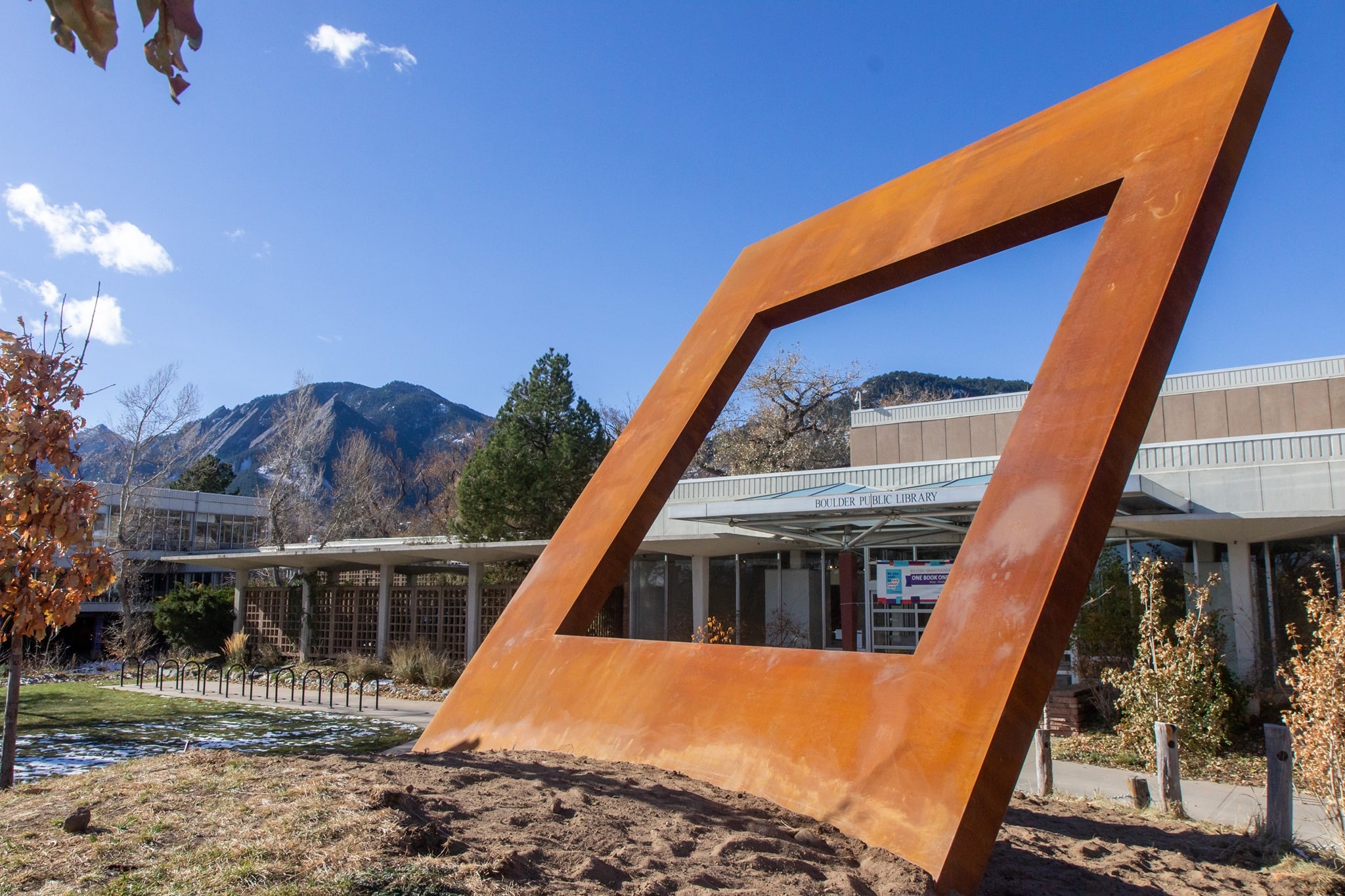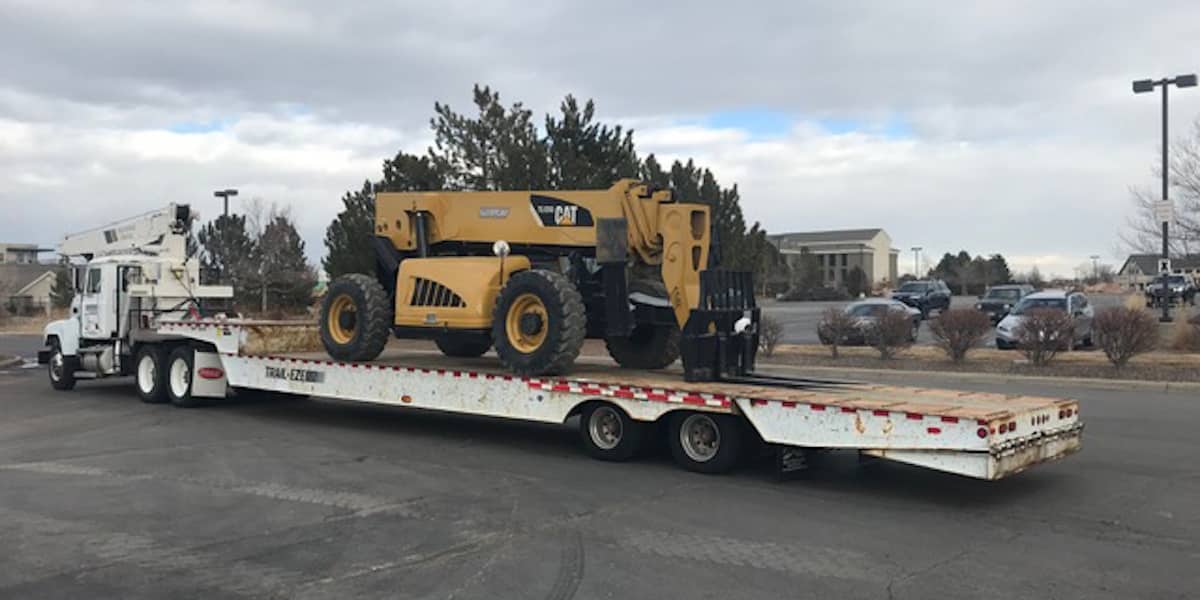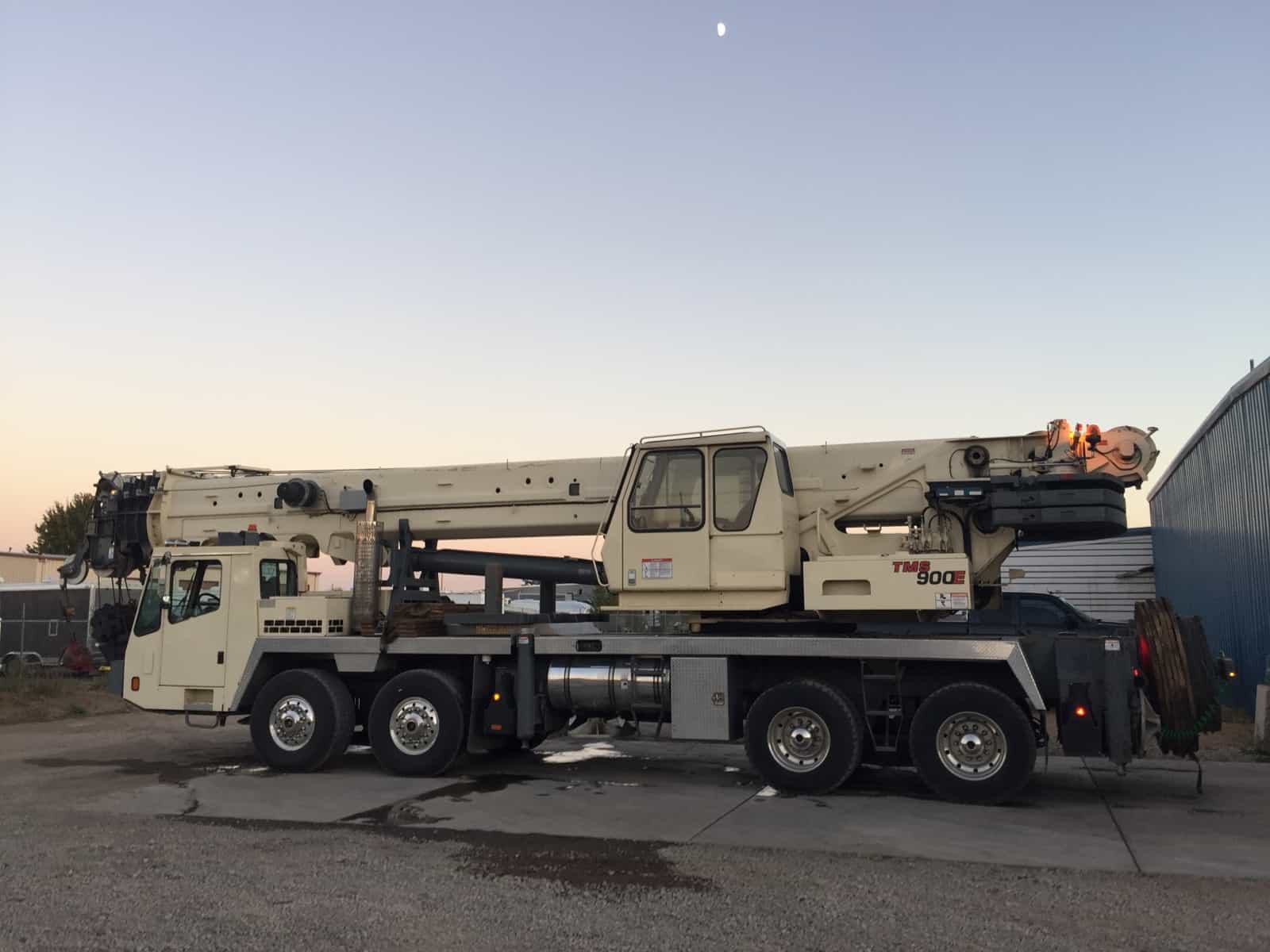Constructions sites can be dangerous – particularly when you’re using an overhead crane. Improperly secured loads can shift and come crashing down, a crane can make contact with an overhead power line, and overloading can cause the crane itself to flip onto its side. These accidents don’t just damage property and equipment – they put workers at risk for disability and death.
Unfortunately, on a modern day construction site, speed is imperative – everyone is trying to get things done quickly. When people move too fast, they skip over vital safety steps, instead relying on their past experience or instinct. For veteran crane operators, particular hazards can become a sort of white noise – something that fades into the background. Inexperienced operators might not even be aware of some of the dangers they’re facing.
The good news? Most overhead crane accidents can be prevented if you take proper precautions. Everyone on site should be wearing proper head, foot, and eye protection, and your crane operators should be focused on preventing accidents before they occur. Here are some of the most common causes of crane accidents:
Electrical Hazards
It’s estimated that electrical hazards cause roughly 50% of all overhead crane accidents. Any time you’re moving materials near a power line, you’re putting yourself at risk. A slight miscalculation or mistake, and you could end up in a catastrophic accident. Fortunately, electrical hazards are one of the easiest ones to spot and can be avoided with some pre-planning.
It starts when you arrive at the work site. Designate someone specific for safety – this should be someone who has a keen eye for detail, and enough experience to spot potential problem areas. They should mark all danger zones, leaving at least a ten-foot radius around any power lines. Potential electrical hazards should be marked visually – erect barriers or fences to prevent the crane from being able to move near a potential hazard.
Before the crane arrives, call the electrical company and get them to de-energize or ground power lines. Remember that until you have confirmation from the company, you must assume all lines are energized.
Finally, when the crane and the crane operator arrive on site, give them a walking tour, explicitly showing where electrical hazards lie. If possible, develop a plan for how your overhead crane will move around the work site while not moving near any potential hazards.
Falling Materials
The whole purpose of an overhead crane is to move loads that are too heavy to move in other manners, so imagine the damage that can be done when a load slips from a crane and comes crashing to the ground. An improperly secured load can slip and damage both property and people. If the load moves while workers are near, it can pinch or crush them.
Prevention starts with a maintenance schedule. You need to provide regular maintenance of the hoists and perform regular load testing maintenance, which lets you know how much weight the hoist can handle. Your crane operator should be making daily inspections, and anyone securing a load needs to be taught how to secure it properly.
Once on site, workers should never walk beneath a lift, and your operator should never leave an unsupervised load in the air.
Overloading
Overloading is almost always a result of a human error. Whether it’s the operator swinging a load too fast, hoisting a load that’s beyond capacity, or side-loading a boom, overloading can cause the crane to flip onto its side.
Overloading can be prevented with formal training exercises. Everyone working with an overhead crane should have a working knowledge of crane load charts and the crane’s lifting capacity. This is not the time to rely on instinct or experience – people need to stick to the recommended numbers. As they say in carpentry, measure twice, cut once.
Safety 101
Often, the simplest actions provide the greatest returns. While the above precautions may seem simple, you’ll find in the majority of crane accidents, one of them has been skipped. It doesn’t take a lot of extra time to walk through a site and outline hazards, or familiarize your employees with a particular overhead crane’s lifting capacity, but these small steps are the ones that will save lives.
Pro Lift Crane Service treats the safety of everyone at the job site as the highest priority. If you ever have any questions about the safety precautions we take, please don’t hesitate to contact us.





2 Responses
I wouldn’t have speculated that cranes would be amongst the most misconstrued workhorses on work sites. In spite of the fact that, I’ve heard two or three stories like the one told in the beginning. However, there was an online post about how there is something being done to expand wellbeing concerning cranes.
Really a very helpful article thanks for sharing and keep on sharing!
ABCO Engineers is the Largest Crane Suppliers In Bangalore,Mangalore, Belgaum. Abco Engineers are the best EOT Crane Manufacturers in Bangalore,Karnataka. ABCO provides Cranes with Excellent Quality and the Wide Range of Crane services in Bangalore,Mangalore, Belgaum.Contact today for CompleteCrane services in Bangalore karnataka.
Read more: https://www.abcoengineers.com/